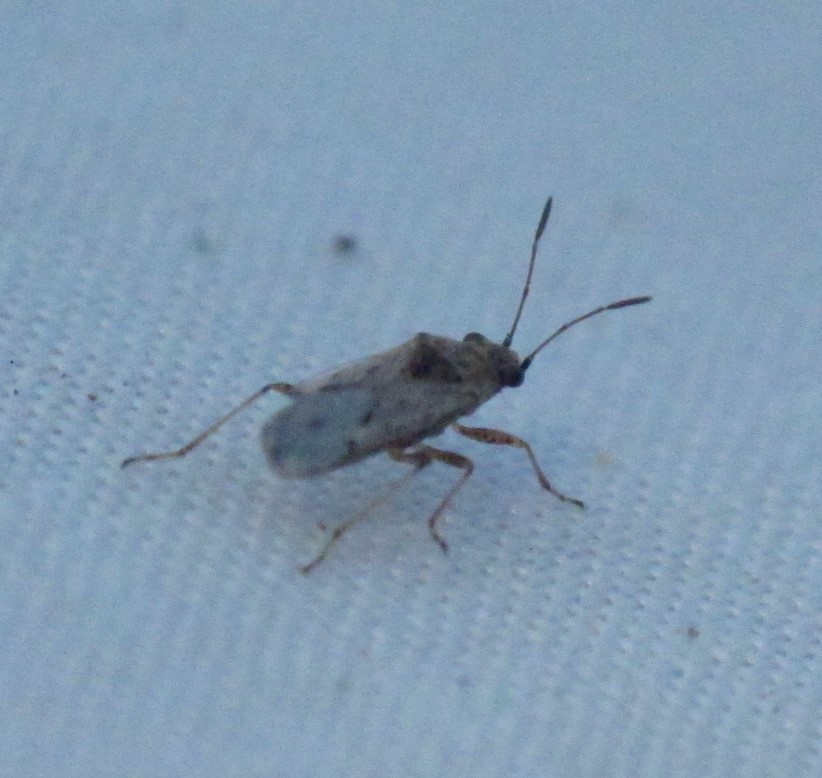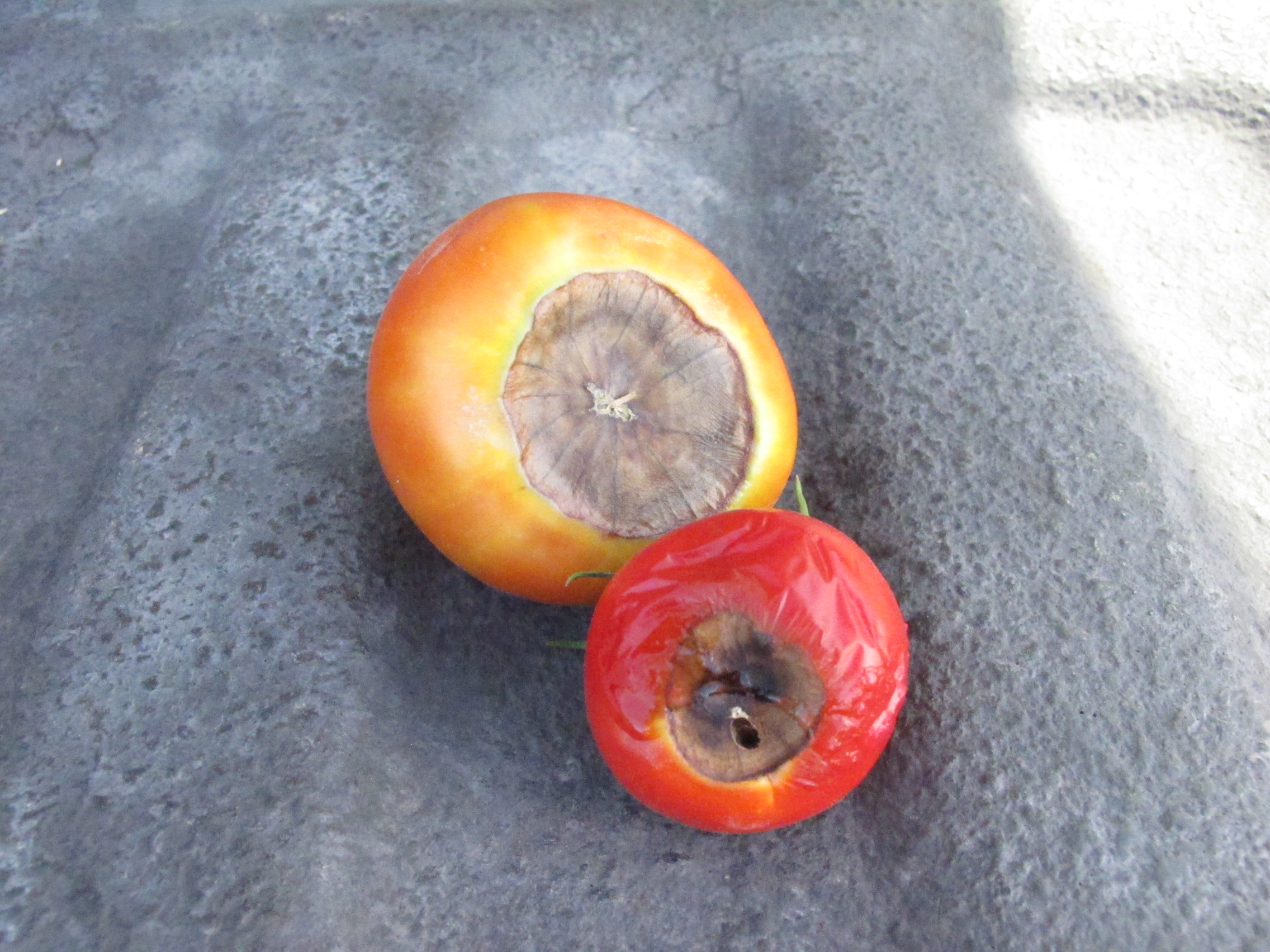In this Issue:
- Flea Beetles: Chewing up foliage
- False Chinch Bug: High presence in early August
- Blossom End Rot: Reducing tomato yields
False Chinch Bug (Nysius raphanus)

Overview
The feeding caused by false chinch bug adults and nymphs is minimally destructive to vegetable crops. However high numbers have been seen throughout Utah and sporadic population boosts can lead to potential wilting and plant death. False chinch bugs have a wide variety of hosts plants including brassicas, leafy greens, quinoa, potatoes, and turfgrass. False chinch bugs are also attracted to weed species such as kochia, mustards pigweed, Russian thistle, and sagebrush. Adults appear brown/grey and nymphs are also brown/grey but have red/orange markings on their abdomen.
Damage
False chinch bugs have piercing-sucking mouthparts. If populations are high enough this can lead to plant wilt.
Management
– Because the damage is minimal to non-existent, management is not necessarily with low populations.
– Keep crops well-irrigated
– Row covers on crops can exclude false chinch bugs, especially near host weeds.
– Only consider treatment if infestations are economically damaging.
Additional Resources
False Chinch Bug (Utah State Extension)
False Chinch Bug (California Extension)
False Chinch Bug (Arizona Extension)
Flea Beetles (Tribe: Alticini)

Overview
Flea beetles have been reported causing significant damage throughout Utah on a wide range of host crops such as cole crops, edible greens, tomato, eggplant, pepper, beets, potato, melons, seedlings, and various weeds. Flea beetles get their name because adults are able to jump with their hind legs. Various species range in color from black, bronze, metallic, and grey. Some even have stripes. Larvae are small, white, and worm-like with a brown head. Adult flea beetles are can grow up to 3mm long. There are typically 1-3 generations per year. Adults emerge from early April to mid-June from overwintering on weeds. Flea beetles are an annual problem in the state.
Damage
Both the adults and larvae have chewing mouthparts. Their feeding causes shallow pits and small round holes in the foliage, cotyledons, and stems. Larvae will feed on the roots and tunnel into root vegetables.
Management
When to consider treatment: In seedlings, when are 1-5 beetles per plant or defoliation reaches 10-30%.
– Keep the crop area weed-free.
– Plant trap crops.
– Use row covers during seedling establishment.
– Eliminate old crop debris and other surface trash.
– Apply insecticides if damage escalates.
Additional Resources
Flea Beetles (Minnesota Extension)
Flea Beetles (Colorado State Extension)
Flea Beetles (Maryland Extension)
Blossom End Rot in Tomatoes

Overview
When harvesting tomatoes from your fields or garden you might find some fruit where the blossom end has turned dark and rotten. These symptoms can begin to show at any stage of fruit development. This disease is not infectious and is related the calcium availability to the plant. In Utah, the lack of water being carried to the plant is the main cause due to drought, root disturbance, or compacted soils. Blossom End Rot is very common in Utah, however, only a few fruits per plant are usually affected.
Management
– Monitor your green developing fruits especially during prolonged periods of dry soils.
– Keep the soil evenly moist throughout the growing season.
– Cultivate the soil or add mulch to prevent compaction.
– Prevent root disturbance.
Additional Resources
Blossom End Rot (Michigan State Extension)
Blossom End Rot (Tennessee Extension)
Managing Blossom End Rot (New Hampshire Extension)
